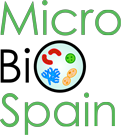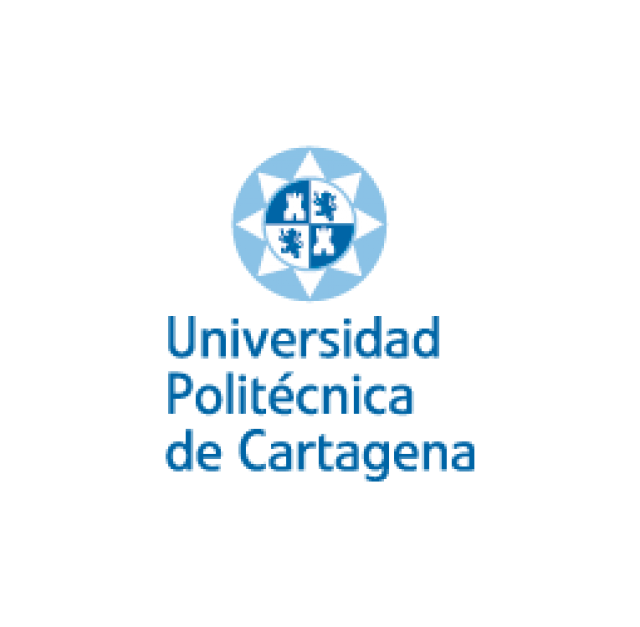- Institution: Politechnical University of Cartagena and FITOLAB Phytosanitary diagnostic systems
- Department/Service: Plant Protection Department
- Location:
Higher Technical School of Agronomic Engineering
Paseo de Alfonso XIII 48
30203 Cartagena (Murcia)
- Web:
http://www.upct.es/dpv
http://www.fitolab.eu/ - Contact:
Juan Antonio Martínez López – María Ángeles Parra Sáez
Phone number: (+34) 968325765
e-mail: juanantonio.martinez@uptc.es
Collection content
Microbial group/s: Filamentous fungi, yeasts and bacteria
Total number of strains: 940
Taxa (number of strains):
Filamentous fungi (60)
Yeasts (1)
Bacteria (13)
Isolation source/Origin: Facilities, transport, fresh fruit and vegetable products.
Preservation method: Regular short-term transfers in active culture and refrigerated storage between 0 and 7 ° C and the same isolates, for long-term, in glycerol-water at -20ºC. Specifically, they are being carried out following the next recommendations given by the CECT:
-Sporulated filamentous fungi: preservation of spores in glycerol 10-15% and -80 ° C (50% if at -20 ° C).
-Non-sporulated filamentous fungi: preservation in agar blocks in cryotubes with 10% glycerol if at -80 ° C or 50% if at -20 ° C.
Information management: Computerized database where we are cataloging the isolates initially classified at the level of the taxon that we know. The isolates are being studied so that finally all can be identified at the species level.
Characterization level:
Genus (23)
Species (51)We are identifying at the species level all the fungal isolates that we have classified at the genus level for their total identification.
Services
- Supply of microbial strains to other groups of the UPCT or other universities, research centers or companies.
- Preparation of inocula of phytopathogenic microorganisms to plant protection companies specialized in tests.
- Identification of isolates at the species level of organisms that may be of interest to plant protection companies and those that cause problems during the conservation, transport and destination of fruit and vegetable products.
Expertise
Key words:
antagonists; plant microbiota; beneficial microorganisms; postharvest pathogens.
Summary:
The plant pathology section of the Crop Protection Research Group of the UPCT works mainly in collaboration with companies offering their technological R&D offer within the following lines of research:
-Characterization and identification of phytopathogenic microorganisms in fresh fruit and vegetables during storage and of strange or infrequent pathologies of crops.
-Detection and application of microorganisms that have antagonistic properties against the phytopathogens obtained from the plant microbiota.
-Alternatives to synthetic fungicides in the control of post-harvest diseases.

